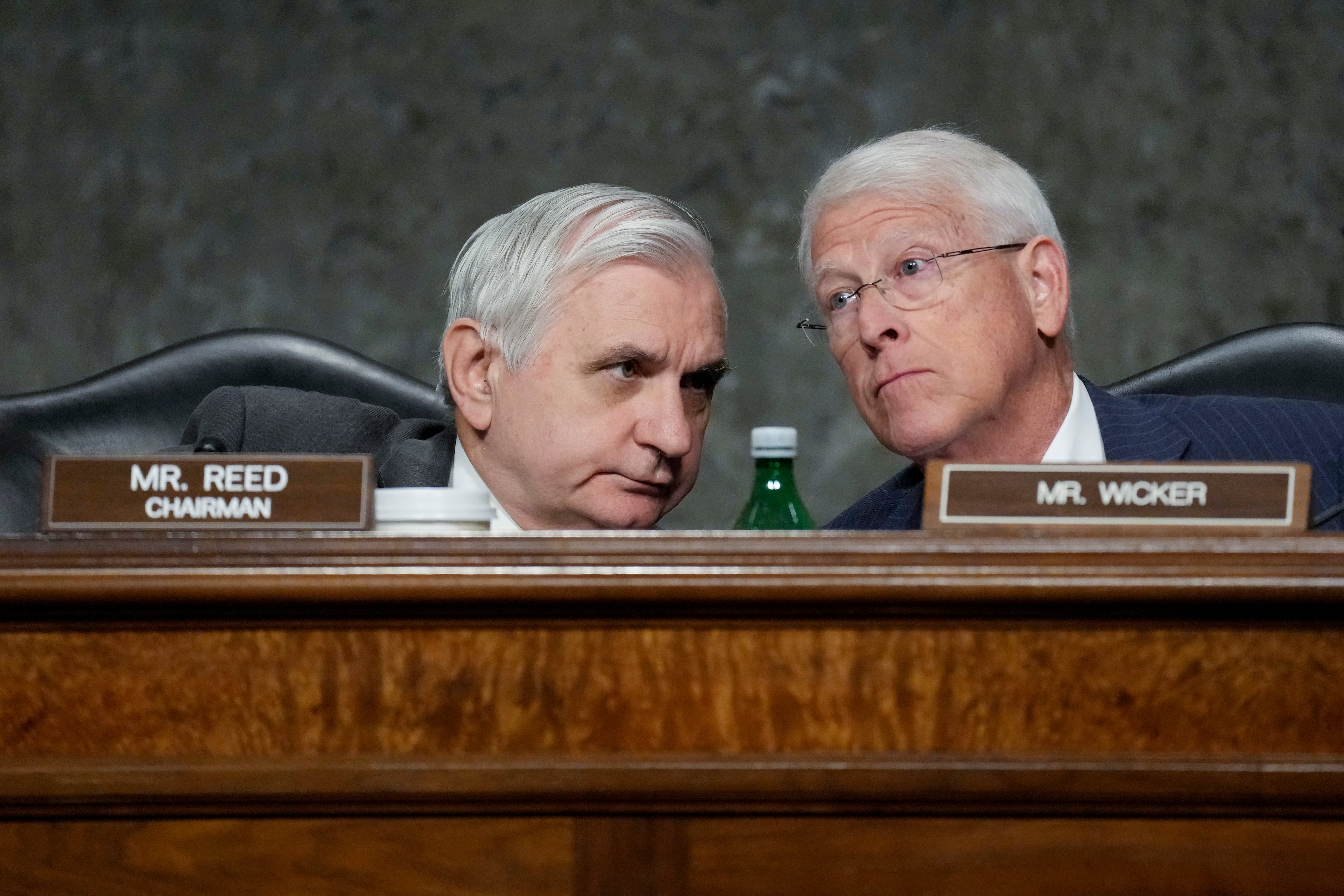More American troops will once again be on the front lines embedded with Afghan troops helping push back Taliban gains, according to Gen. John Nicholson, the commander of U.S. forces in Afghanistan.
In what appears to be a bit of deja vu for America’s longest war, U.S. troops will once again be patrolling alongside their Afghan counterparts in far larger numbers and at a more tactical level than the past several years.
There are “well over 1,000 advisers out at any given time,” Nicholson said. “Next year, however, this will increase dramatically.”
This coming spring will also see the first ever deployment of the Army’s 1st Security Force Assistance Brigade, a new unit tasked with training and advising partner nation forces.
Nicholson’s strategy for Afghanistan requires putting more U.S. advisers closer to the front lines with Afghan forces.
“Yes, there will be greater risk,” Nicholson said when pressed by reporters about the dangers U.S. troops will face with the new strategy.
“Those teams [the Army brigade] will be backed up by U.S. combat enablers, not only for the protection of our own force, but for support of Afghans as well,” Nicholson said.
The SFAB is currently training to work with joint terminal attack controllers — military personnel trained to call in close-air support — but “no decision has been yet made on the attachment of JTACs to the SFAB,” said Col. Joseph Scrocca, a spokesman for the XVIII Airborne Corps.
Moreover, U.S. air support for Afghan forces has increased dramatically. U.S. aircraft have tripled the number of munitions dropped, with more to come as American troops begin to ramp up efforts against Taliban and ISIS safe havens.
“Any deployment to Afghanistan is inherently dangerous, and our soldiers, in particular those of the SFAB, are well-trained and prepared to handle themselves in a variety of operational environments,” Scrocca said.
Nicholson hailed the Trump administration’s new South Asia Strategy as a “game changer.” It’s already paying dividends, according to Nicholson.
Recently, Afghan forces, with the support of the U.S., managed to remove $7 million to $10 million in narcotics revenue from the Taliban, in what Nicholson has described as a new tactic aimed at destroying Taliban revenue streams.
It’s a “small part of a larger strategy,” Nicholson said.
Recent successes are already causing a reaction from the Taliban, according to Nicholson. The Taliban started the year trying to capture Afghan districts, but in a “lowering of ambitions,” they have reverted to guerrilla attacks after suffering severe casualties, Nicholson said.
However, critics still contend that any plan is doomed to fail without Pakistan ending safe havens for the Taliban. And, despite pressure from U.S. officials, Pakistan has done little to address Taliban sanctuaries.
Shawn Snow is the senior reporter for Marine Corps Times and a Marine Corps veteran.




